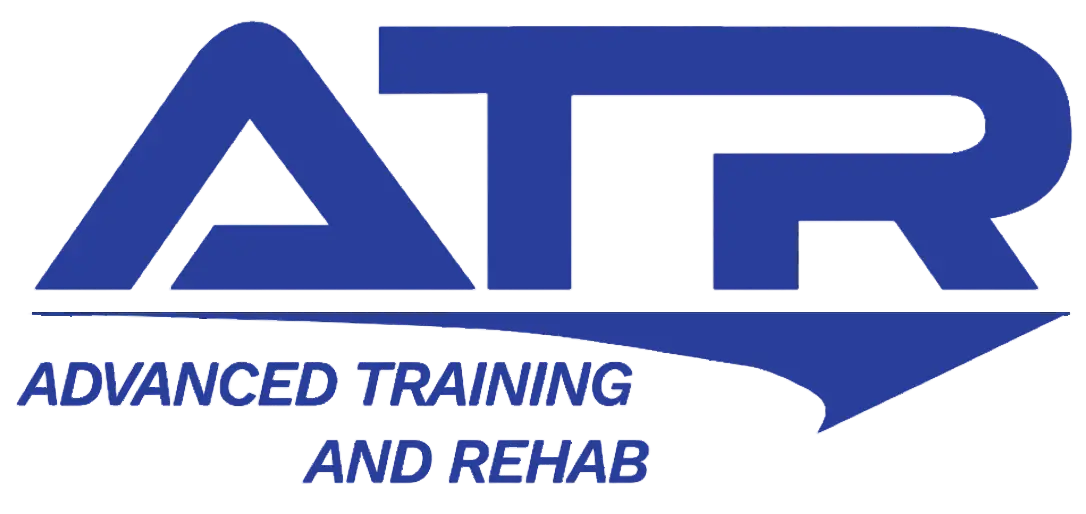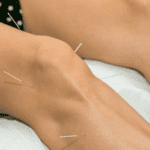With baseball season starting up next week, it is time to talk about an injury and surgery that has unfortunately become very common in the world of baseball, a torn ulnar collateral ligament or UCL. The surgery to fix a torn UCL is called Tommy John surgery.It’s also known as UCL reconstruction. Baseball and other throwing athletes are at a greater risk for UCL injury, so Tommy John surgery is performed frequently in college and professional athletes. The surgery is so common in baseball that it’s named for former Los Angeles Dodgers pitcher Tommy John, the first ball player to undergo the procedure.
The Rise in Tommy John Surgery
Tommy John Surgery has climbed in popularity among major league baseball players, growing from 12 surgeries in 1974 to 1994 and 22 from 1995 to 1999 to 194 performed on MLB players from 2000 to 2011. During those 11 years, 275 Minor League players had the operation. Just five years ago, in 2014, 19 Tommy John surgeries were performed by May, before the season even reached the halfway mark.
Unfortunately we have seen an increase in the amount of surgeries for youth players as well. From 2007 to 2011, Tommy John Surgery performed on 15- to 19-year-old players increased nine percent. The American Journal of Sports Medicine reports that nearly 57% of all Tommy John surgeries from 2007 to 2011 were performed on 15- to 19-year-olds. Additionally, adolescent pitchers, ages 14 to 20, who had the operation were 36 times more likely to have repeatedly pitched while experiencing arm fatigue.
Surgical Success
For many athletes who experience UCL tears, the most significant advantage of Tommy John Surgery is the ability to get back in the game. Just as the surgery worked and extended Tommy John’s baseball career, it can also help other athletes continue their sports careers if they follow their doctor’s advice, practice physical therapy and avoid rushing recovery.
In a study of 179 Major League Baseball pitchers who suffered UCL tears and had Tommy John Surgery, 148 players, or 83%, were able to return to play in the Major League. Additionally, 174 pitchers could return to play in the major and minor leagues combined. Only five pitchers, 2.8%, couldn’t return to play in either league.
Strategies for Preventing UCL Injury:
Warm Up: Although it is known that volume of the pitch will ultimately affect the chances of you tearing your UCL, having proper warm-up will ensure that the risk of injury significantly decreases as a pitcher. This is ever so important in younger pitchers as their body is still developing. Stretching the shoulders, wrists, forearms, and torso will ensure that injuries will be prevented at a young age.
Focus on Flexibility: Working on flexibility during your training program will ensure that you will not have a reduced range of motion that can cause a sudden snap in your ligaments. Ensure that you are following a progressive flexibility routine both pre- and post-game in order for your mechanical movements to be optimized to their full potential.
Abide by Pitch Counts: Some baseball players overwork their bodies by pitching too much and end up hurting themselves. Experts recommend that pitchers, especially the young ones, stick to a preset number of pitches in order to prevent their body from failing due to stress injuries and overuse. You want to steer clear from pitching if your body is not healed before each outing.
At Advanced Training and Rehab, our company has dealt with UCL injuries and Tommy John surgeries many times. If you are interested in utilizing our expertise in the area, or know someone who requires physical therapy for a Tommy John injury, please do not hesitate to schedule an appointment at any one of our 22 locations across the St. Louis Area.
Get Advanced!
Author: John Cichon, PT DPT at ATR Kirkwood.
To schedule an appointment with one of our specialists call a location near you today!




